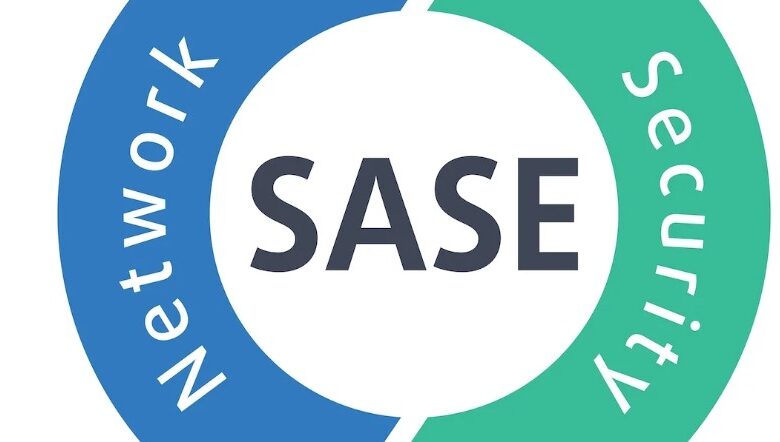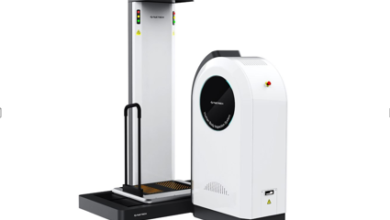Transitioning to SASE: Key Considerations for Enterprises

Enterprises are constantly seeking ways to enhance their network security and performance. Secure Access Service Edge has emerged as a leading solution for these needs. It combines networking and security into a unified cloud-based framework, streamlining operations and improving protection. But how can enterprises ensure a smooth transition to Secure Access Service Edge? This article explores key considerations for businesses ready to leap Secure Access Service Edge adoption.
1. Assessing Your Current Network Architecture
Before diving into SASE, evaluating your current network architecture is essential. Understanding the strengths and weaknesses of your existing setup will help identify areas that need improvement. Are there security gaps that it could fill? By mapping out your infrastructure, you can pinpoint where it will have the most significant impact and prioritise those areas in the transition.
2. Defining Business and Security Objectives
Secure Access Service Edge isn’t a one-size-fits-all solution. Enterprises must clearly define their specific business and security goals. Are you looking to enhance remote work security, or is reducing latency a top priority? Understanding your objectives will guide your implementation, ensuring the solution aligns with your organisation’s needs. After all, why invest in technology if it doesn’t directly address your challenges?
3. Integrating Existing Tools
One of the benefits of SASE is its ability to integrate with existing tools. However, the integration process can be complex. Enterprises should ensure that their cybersecurity and networking tools seamlessly work with the framework. This might involve updating some systems or replacing outdated tools. A clear integration plan will prevent disruptions and ensure all components work smoothly.
4. Ensuring Scalability for Future Growth
Scalability is a key advantage of Secure Access Service Edge, but planning for it from the outset is important. As your enterprise grows, so will its security and networking demands. Will your solution be flexible enough to accommodate increased traffic, new users, and additional locations? By selecting a scalable platform, you ensure your business is prepared for future growth without compromising security or performance.
5. Understanding the Role of the Cloud
It heavily relies on cloud infrastructure to deliver its services. Enterprises transitioning to Secure Access Service Edge need to evaluate their cloud readiness. Are your current applications and data in the cloud, or are they still on-premise? Moving to it may require a broader cloud migration strategy to ensure compatibility and effectiveness. Additionally, understanding how cloud resources are managed and secured within Secure Access Service Edge is crucial for long-term success.
Read also: ETEsportech Gaming News: A Comprehensive Look into Esports and Technology
6. Training and Supporting Your IT Team
Introducing it requires more than technical adjustments—it demands that your IT team is fully trained and equipped to manage this new system. Will your team need additional certifications or training? Ensuring that staff are knowledgeable about it will reduce the risk of errors and improve the overall efficiency of the transition. Regular training and continuous support will help the team stay up to date with any updates or changes in the platform.
7. Managing Costs and Budgeting
While Secure Access Service Edge offers many benefits, the cost of implementation can vary depending on the size and needs of the enterprise. It’s vital to create a realistic budget, factoring in the upfront costs and ongoing maintenance and training expenses. Can you integrate it without exceeding your budget? A detailed cost analysis will help you weigh the long-term benefits of Secure Access Service Edge against the immediate financial outlay, ensuring you make a smart investment for your enterprise.
Transitioning to SASE offers enterprises a powerful way to streamline their network and security operations, but the shift requires careful planning. By assessing these facets, businesses can ensure a smooth transition. It has the potential to enhance your enterprise’s security and performance significantly, making it a worthy consideration for modern organisations.




